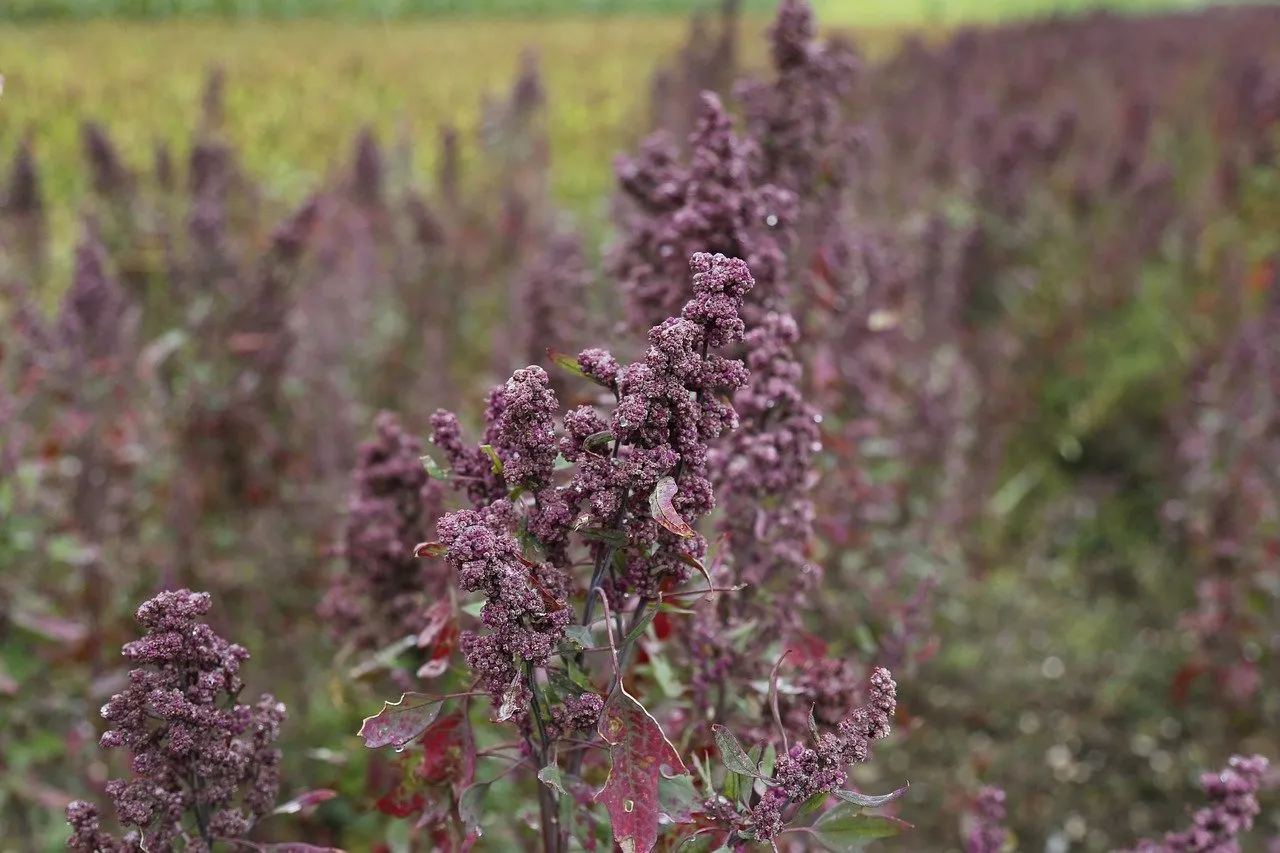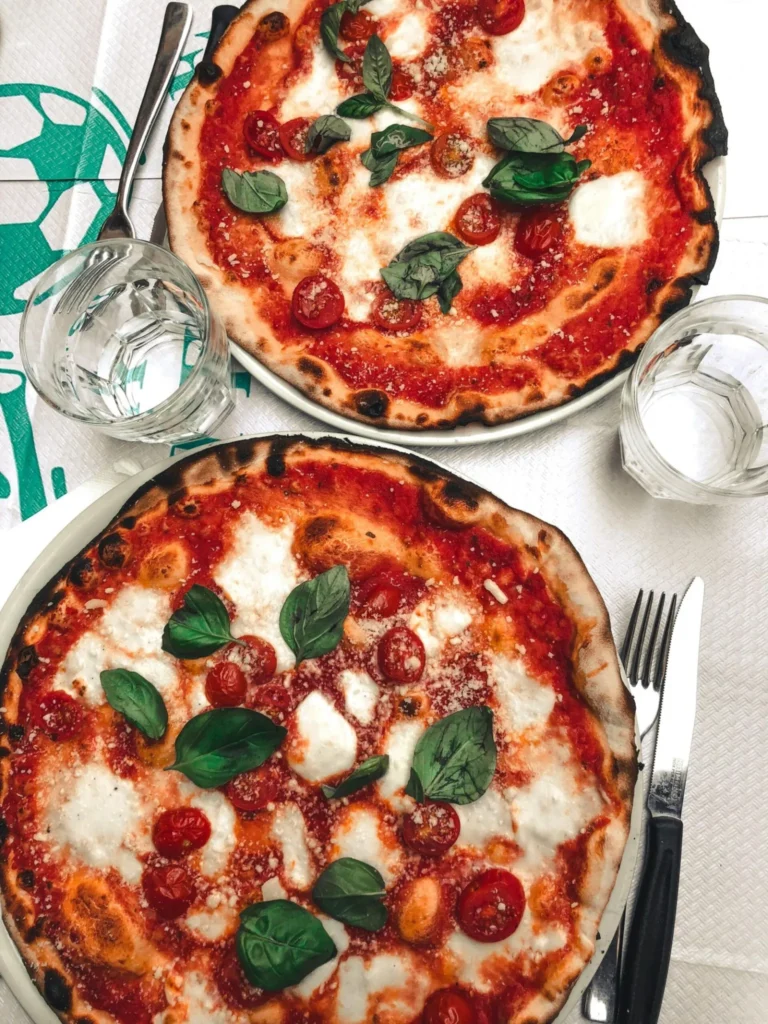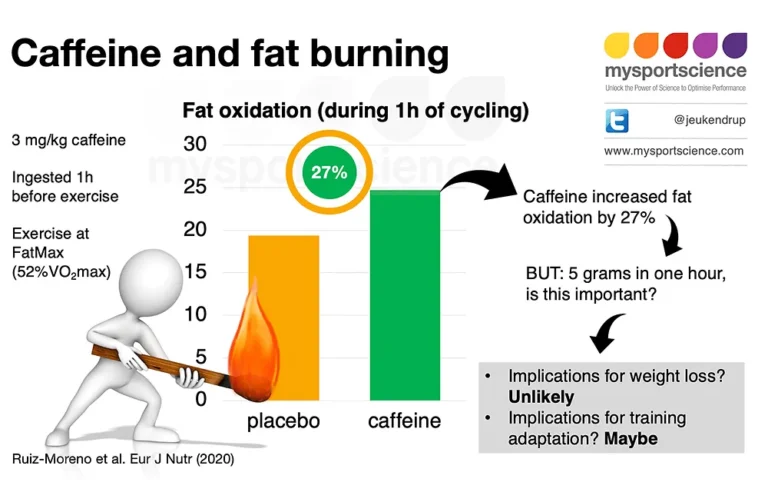Is Quinoa Considered Part of the Mediterranean Diet?
Have you ever wondered about the relationship between quinoa and the Mediterranean diet? Many food enthusiasts and health-conscious individuals are keen to know whether this nutritious grain fits into the vibrant Mediterranean lifestyle. Let’s take a deep look at how quinoa aligns with the principles of the Mediterranean diet and whether it deserves a spot on your plate.
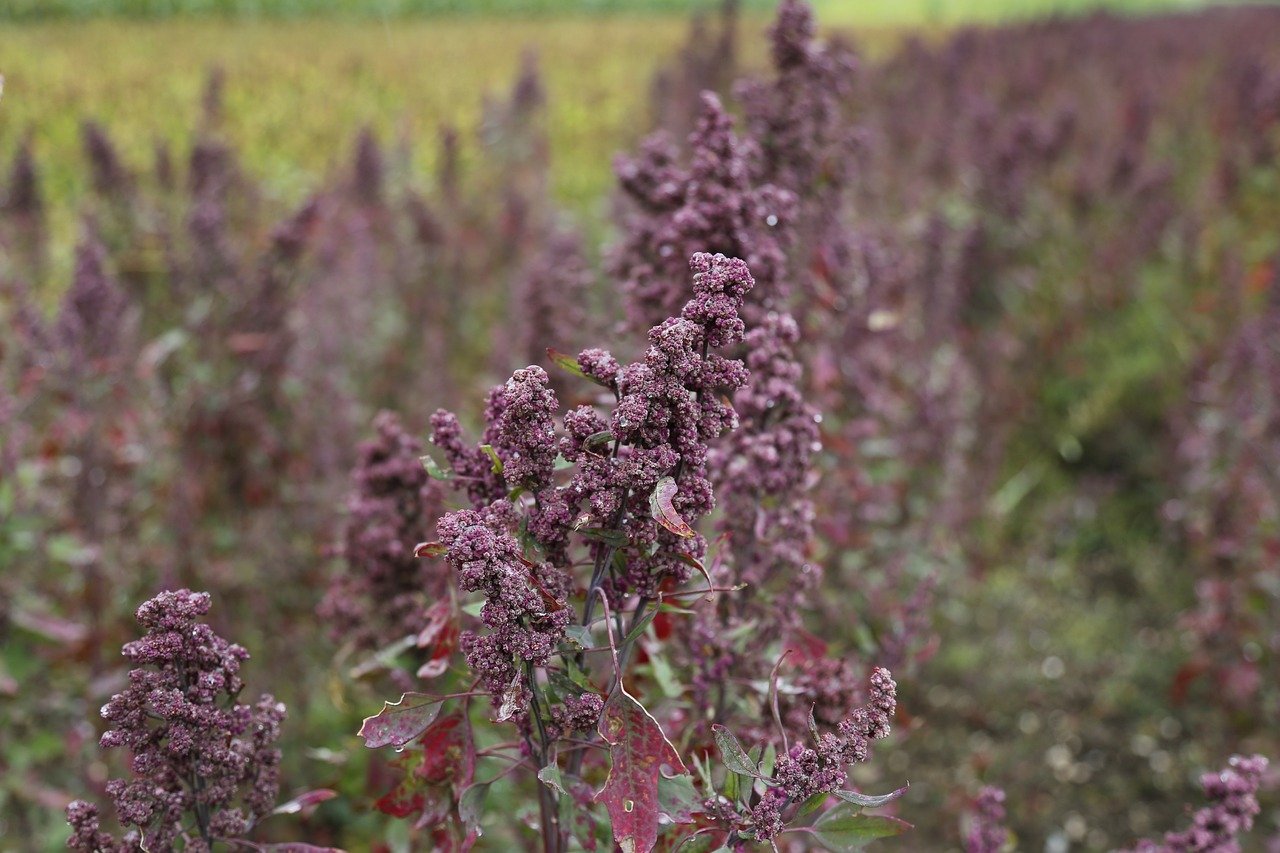
Understanding the Mediterranean Diet
The Mediterranean diet is more than just a way of eating; it’s a lifestyle. Rooted in the culinary traditions of countries bordering the Mediterranean Sea, such as Italy, Greece, and Spain, this diet emphasizes whole foods, healthy fats, and a balanced intake of nutrients.
Key Components of the Mediterranean Diet
-
Fruits and Vegetables: The foundation of this diet is fresh, seasonal produce. Aim for a colorful variety to ensure you’re getting an array of vitamins and minerals.
-
Whole Grains: Instead of refined grains, whole grains like whole wheat, barley, and brown rice are preferred. They offer more fiber and nutrients.
-
Healthy Fats: Olive oil is the star of the show here! Rich in monounsaturated fats, it supports heart health. Nuts, seeds, and fatty fish like salmon also contribute healthy fats.
-
Lean Proteins: The focus is on plant-based proteins, such as legumes, beans, and, to a lesser extent, fish and poultry. Red meat is consumed sparingly.
-
Herbs and Spices: Instead of salt, flavors are enhanced using a variety of herbs and spices. This adds not just taste but also additional health benefits.
-
Moderate Dairy: While dairy is included, it’s on the lighter side, often in the form of yogurt and cheese.
-
Wine in Moderation: For those who drink, red wine is often enjoyed in moderation with meals, contributing to social bonding.
Health Benefits of the Mediterranean Diet
This way of eating is not just delicious; it offers numerous health benefits:
- Heart Health: The abundance of healthy fats and omega-3 fatty acids supports cardiovascular health.
- Weight Management: Focusing on whole foods helps maintain a healthy weight.
- Reduced Risk of Diseases: This diet is associated with a lower risk of chronic diseases such as diabetes and certain cancers.
The Role of Grains in the Mediterranean Diet
Grains, particularly whole grains, play a significant role in providing energy, fiber, and essential nutrients. Traditional Mediterranean grains include barley, bulgur, and farro. But how does quinoa fit into this picture?
What is Quinoa?
Quinoa is often mistaken for a grain, but it’s actually a seed that belongs to the amaranth family. Known as a “pseudo-grain,” it boasts an impressive nutrient profile and has gained popularity in health food circles worldwide.
Nutritional Profile of Quinoa
Quinoa is a superfood in many respects. Here’s a breakdown of what makes it so special:
| Nutrient | Amount per 100g (cooked) |
|---|---|
| Calories | 120 |
| Protein | 4g |
| Carbohydrates | 21g |
| Dietary Fiber | 2.8g |
| Fat | 1.9g |
| Iron | 1.5mg |
| Magnesium | 64mg |
| Zinc | 0.6mg |
| Folate | 42mcg |
Quinoa is gluten-free, high in protein, and contains all nine essential amino acids, making it an excellent choice for vegetarians and vegans alike. It’s also rich in antioxidants and provides a good amount of fiber.
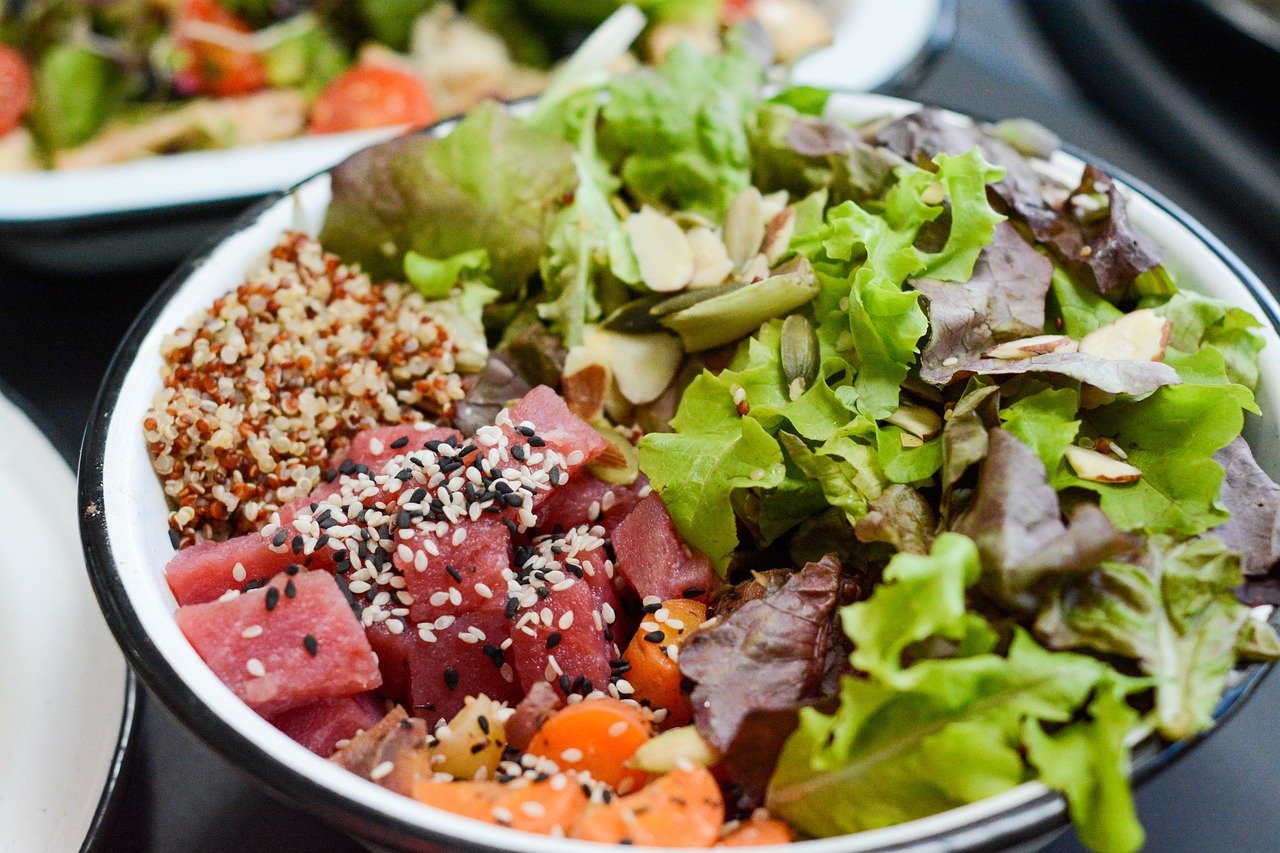
Is Quinoa Part of the Mediterranean Diet?
Now, let’s address the main question: is quinoa considered part of the Mediterranean diet? The short answer is yes, but it’s essential to understand the nuances.
Quinoa as a Whole Grain Alternative
While quinoa is not a traditional Mediterranean grain, it can be included as a modern alternative. Its unique nutritional benefits and versatility make it a suitable addition to many Mediterranean dishes.
Benefits of Including Quinoa in the Mediterranean Diet
-
Nutrient-Dense: Quinoa offers a balance of proteins, healthy fats, and minerals, making it a suitable companion to the food principles of the Mediterranean diet.
-
Versatility in Recipes: You can easily incorporate quinoa into salads, soups, and main dishes. Its adaptability allows you to fuse it with Mediterranean flavors — think quinoa tabbouleh or stuffed bell peppers with quinoa and vegetables.
-
Gluten-Free: For those with gluten sensitivities, quinoa provides a nutritious grain alternative that aligns with the Mediterranean diet’s principles of whole foods.
-
Satiating: The high protein and fiber content will leave you feeling satisfied, which can help curb overeating and promote healthier eating habits.
How to Incorporate Quinoa in Your Mediterranean Meals
There are countless ways to bring quinoa into your Mediterranean repertoire. Here are some ideas to inspire your cooking:
Quinoa Salad with Mediterranean Twist
A refreshing quinoa salad is perfect for any meal or as a side dish. Combine cooked quinoa with diced cucumbers, tomatoes, red onion, bell peppers, fresh parsley, and a squeeze of lemon juice. Drizzle some olive oil and sprinkle feta for an extra touch.
Quinoa-Stuffed Peppers
For a filling main course, hollow out bell peppers and fill them with a mixture of cooked quinoa, black beans, corn, diced tomatoes, and spices. Bake until the peppers are tender. This dish is colorful and bursting with Mediterranean flavor.
Quinoa and Spinach Frittata
For an easy breakfast or brunch, mix cooked quinoa with eggs, sautéed spinach, and a dash of cheese. Bake until set, then slice into wedges. This frittata is a great way to start your day on a nutritious note.
Quinoa and Roasted Vegetable Bowl
Mix cooked quinoa with seasonal roasted vegetables like zucchini, eggplant, and bell peppers. Top with a tahini dressing made from blended sesame seeds, lemon juice, and water for a nourishing bowl.
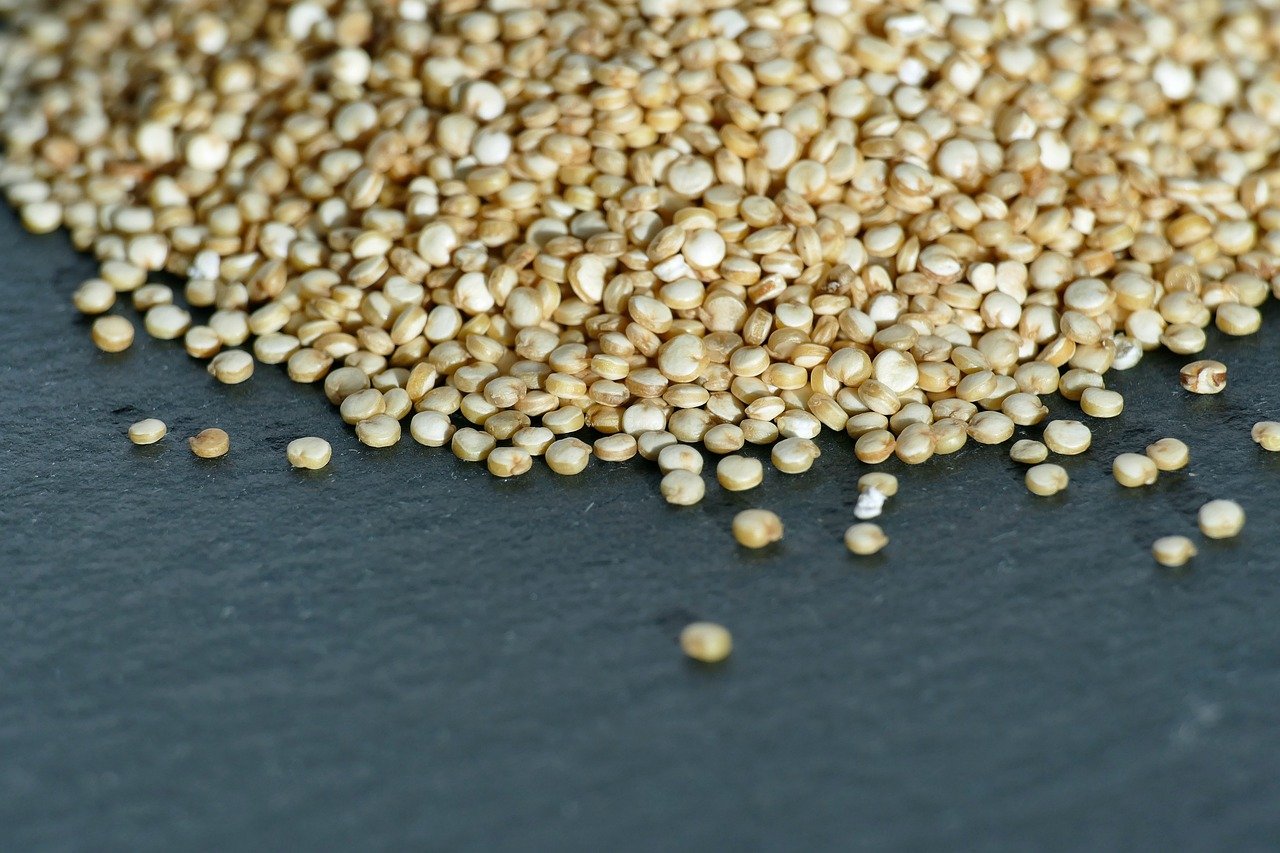
Nutritional Considerations of Quinoa
While quinoa is a nutritious food, it’s essential to consider how it fits within your eating patterns. Here are a few points to keep in mind:
Portion Control
While quinoa is healthier than many refined grains, moderation is key. A serving size of cooked quinoa is typically about ½ cup. Ensure you balance it with other components of your meal, such as vegetables and lean proteins.
Cooking Methods Matter
How you prepare quinoa can impact its health benefits. Opt for cooking it in low-sodium vegetable broth or water with herbs to enhance flavor without unnecessary calories or sodium.
Pairing with Other Foods
To maximize the health benefits, balance your quinoa dishes with plenty of vegetables, healthy fats, and lean proteins. This ensures you get a well-rounded meal, in line with Mediterranean diet principles.
Quinoa vs. Traditional Mediterranean Grains
You may wonder how quinoa stacks up against traditional Mediterranean grains. Here’s a quick comparison of some popular options:
| Grain | Protein per 100g (cooked) | Fiber per 100g (cooked) | Gluten-Free |
|---|---|---|---|
| Quinoa | 4g | 2.8g | Yes |
| Barley | 2.3g | 3.8g | No |
| Bulgur | 3.1g | 4.5g | No |
| Farro | 4g | 8g | No |
While quinoa offers comparable protein levels to these traditional grains, it does provide additional fiber and is gluten-free, making it a friendlier option for those with dietary restrictions.
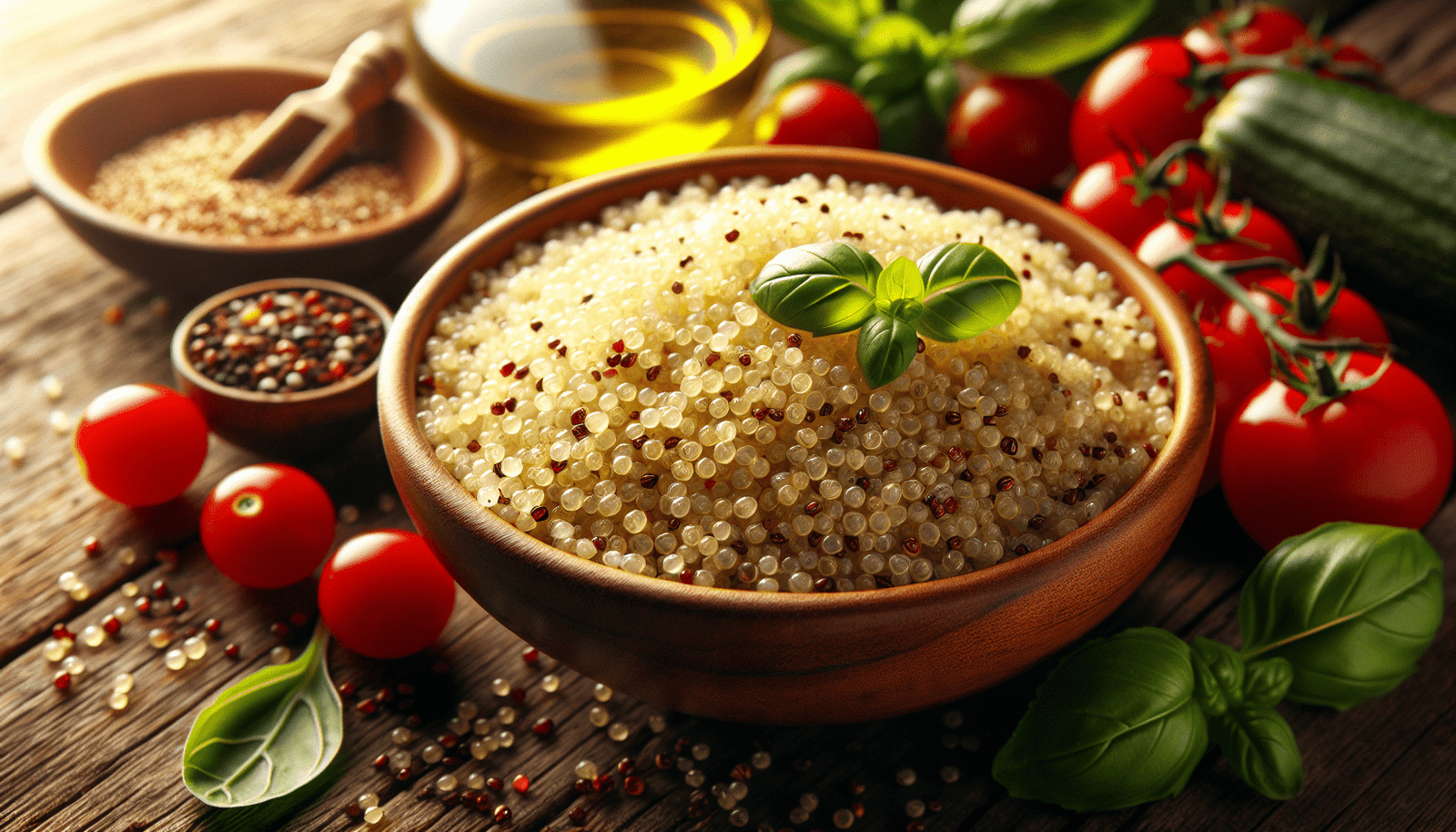
Conclusion
So, is quinoa part of the Mediterranean diet? It can be!
Quinoa deserves a place on your table as a versatile, nutrient-dense food that aligns with Mediterranean practices. By incorporating it into your meals, you can enjoy the rich flavors and health benefits of both quinoa and the Mediterranean diet.
Next time you’re planning your menu or grocery list, think about adding quinoa into the mix. With its unique taste and impressive nutritional profile, it can add both variety and nourishment to your Mediterranean-inspired meals. Whether you serve it as a salad, stuffing, or main dish, there are endless possibilities to enjoy this superfood while embracing the Mediterranean diet’s principles. Happy cooking!

